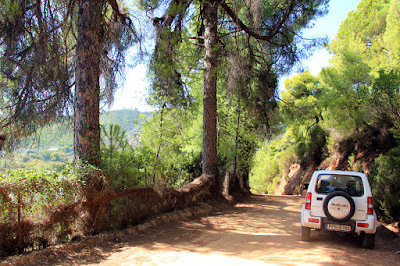Sunday morning and there was time for a gentle run around the block before rain arrived about 10 o’clock.
I was early enough to check Lane Ends where Little Egrets were beginning to leave their tree roost. Second one out was a Great White Egret, followed by 32 Little Egrets and then four or more Little Egrets still sat in the trees when I left 20 minutes later. Scattered across the marsh was a count of several thousand Pink-footed Goose, perhaps up to 9/10,000 and 29 Whooper Swans. Also, two male Sparrowhawks flew in and out of the trees in a rather strange way and I got the impression that they were not adversaries but perhaps siblings of the family that bred here this year.
Just up the road at Gulf Lane I dropped seed at the Linnet project. There have been 100+ Linnets for a couple of weeks now but we’ve not been able to ring there due to constant wind across the open field. Patience is the name of the game and we know we will get a go eventually, preferably when numbers have built to 200+.
There was a Barn Owl this morning on the distant fence and also a Kestrel, both birds showing a particular interest in one patch of ground. Three Swallows flew quickly through heading south-east.
Conder Pool was rather quiet again with few birds to set the pulse racing. A Common Sandpiper is still around, perhaps destined to be this year’s wintering one. Also, 40 Lapwing and 8 Snipe but a handful only of both Curlew and Redshank. Apologies for the poor shots, the light was poor.
In the wildfowl stakes - 84 Teal, 12 Little Grebe, 2 Wigeon, 1 Cormorant and 1 Goosander.
It was spitting with rain when I checked the flood at Pilling/Rawcliffe where I found 40 grounded Meadow Pipit, 18 Pied Wagtail, 40 Linnet, a Grey Heron and a single Buzzard.
The rain didn’t last long and by now and back home I found more to do.
All week there’s been waves of Goldfinch coming through so I set a single net in the garden for a few hours.
I ended up with a catch of 2 Robin, 1 Blackbird, 1 Dunnock and 16 Goldfinch, a bonus for the day’s birding. All but one of the Goldfinches proved to be juvenile/first autumn birds. I could not sex a couple of them as even now in early October they had yet to attain sufficient head colour to determine male or female. Is breeding well into September part of the secret of the Goldfinch’s success of recent tears?
And now own up, who thought that the Robin in their back garden was always the same one?

































































.jpg)












